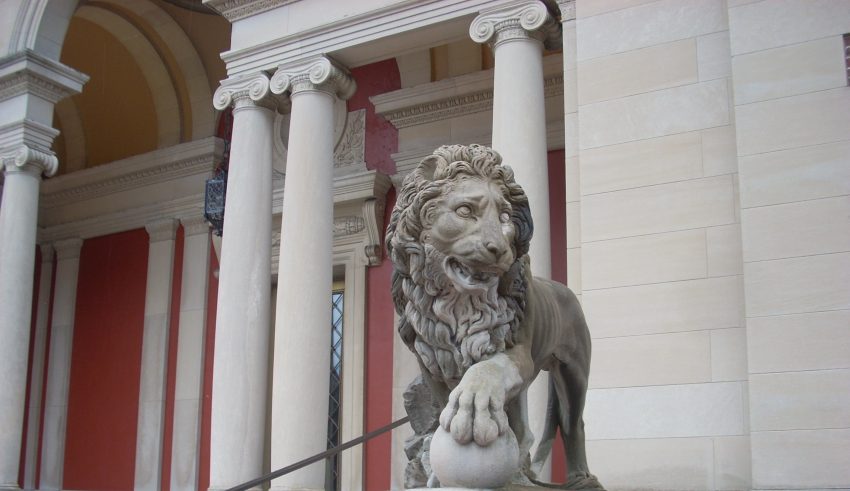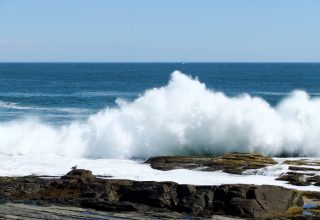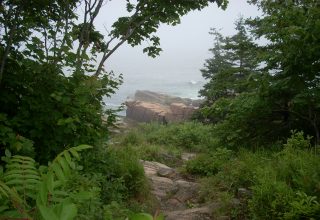
The process of adaptation is highly dynamic in response to local and global environments. The local environment of an organization is the interactions that occur within the organization; global environments refer to the interactions of the organization itself with other organizations. As organizations are connected and interdependent globally, organizations themselves learn and change and evolve locally, and individual agents within those organizations also adapt. It can be seen that adaption is a highly interconnected dynamic system.
Complex systems are often unpredictable and they can produce large events. They are robust and able to recover from serious damage. Complex systems produce bottom-up emergent phenomena where the results on the macro level are not equal to the micro parts of the organization. This phenomenon of emergence means that not only will the results be larger than the parts, but that at times the results will be different in kind. An example often given is the phenomena of self organization seen in flocks of birds or schools of fish. Emergent phenomena arises bottom-up without any top-down planning.
To understand the process of decision-making in complex organizations we must understand the concept of landscapes. Professor Scott Page in The Teaching Company course, Understanding Complexity, presents a full description of landscapes in complex systems. The idea of the landscape is both a metaphor and a mathematical object wherein the value of a function at a particular point is mapped as an elevation on a landscape. Landscapes are composed of valleys and two kinds of peaks: local and global. A local peak is a point on the landscape from which a step in any direction is a step down in elevation. A global peak is the highest of all the local peaks of a given landscape. In the metaphor a peak represents a high point of value and for organizations, the height of the peak represents the economic success of the organization at that point in time.
Professor Page describes three types of landscapes: Mount Fuji, rugged landscapes and dancing landscapes. A Mount Fuji landscape has only one peak which is both the local and global peak. A rugged landscape has many local peaks and one global peak. This is the case when many organizations are represented in the landscape; the economic value of each of the organizations is a local peak while one organization that surpasses all others is represented by the global peak.
The metaphor of dancing landscapes is important to our discussion of decision-making in complex organizations. Recall that all the organizations represented in the landscape are themselves part of a complex system. They are diverse, connected, interdependent, and adapting. Each of the organizations is in competition with the other organizations in the landscape. As one organization makes decisions that increase its economic value, other organizations in the landscape experience a decrease in value. In our metaphor the local peak of the successful organization increases in height while the local peaks of the other organizations decrease in height. The landscape has changed its configuration and has “danced”. The ongoing dynamic of decision-making within all the organizations and the resulting increases and decreases in value results in a dancing landscape.
Download Article














